If you don’t have even the slightest desire to wet your beak in the US stock market at this stage, you clearly haven’t been paying attention.
A few years ago, it was pointed out that Amazon (NASDAQ: AMZN) was worth more than the entire ASX300 combined, and while the Jeff Bezos-founded giant has definitely shrunken since then, the idea still stands.
RELATED: The Eight-Minute Speech That Deleted $45 Billion From The ASX
At the time of this writing, the US share markets account for over 40% of the world’s stock market capitalisation, whereas the Australian stock market — known as the ASX (Australian Securities Exchange) — accounts for approximately 2%. Which brings us to the trillion-dollar question: How the hell do I buy US shares here in Australia?
This part of the investment world is a nebulous topic that often gets muddled with technical complexities, and could quite literally fill tomes. After all, the proverbial game has seen quite an evolution. Gone are the days of funding voyages across oceans and reaping a percentage of the profits. Now, tweens who haven’t even hit puberty can bring multi-billion-dollar hedge funds to their very knees armed with nothing more than Reddit, a Robinhood account, and a meme-tier herd mentality.
RELATED: Warren Buffett Teaches You To Pick Stocks & Get Rich In Just 5 Minutes
For the sake of getting you started promptly, we’ll avoid all the navel-gazing about risk philosophies, price-to-earning ratios, the importance of diversifying portfolios, all the nitty-gritty about what you need to disclose in your tax form as foreign investors, and so forth.
Instead, we’ll just be covering the basic mechanics of investing your money into US-listed companies without having to physically stand on the chaotic trading floor of Wall Street’s New York Stock Exchange.
So sit back, get comfortable, and have some formal ID ready to verify those share trading accounts — we’ve got a lot of ground to cover before you can start trading shares from the US market. Be they Meta (NASDAQ: FB META), Apple (NASDAQ: AAPL), or Nvidia (NASDAQ: NVDA).
Jump To:
- How To Buy US Shares In Australia
- Getting Started
- How are US shares taxed in Australia?
- Can I avoid capital gains tax?
- The Best Online Share Trading Platforms & Brokers
- How To Buy US Shares In Australia: Tips & Tricks
- How To Buy US Shares In Australia: Additional Terminology Explained
How To Buy US Shares In Australia
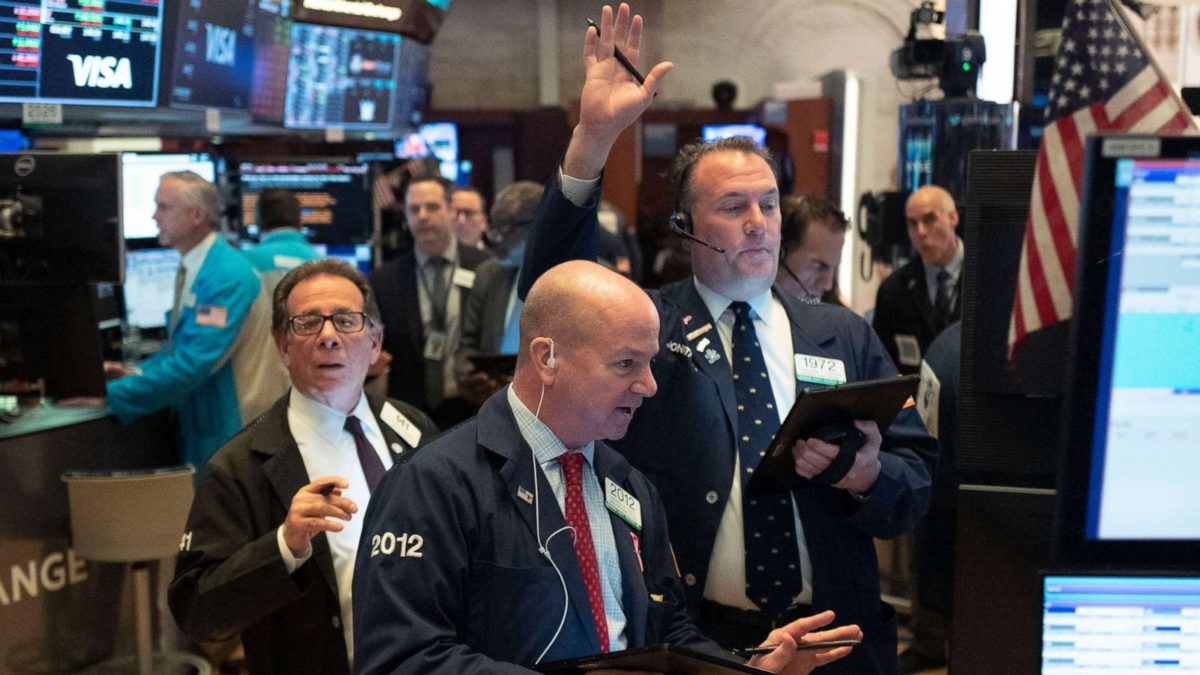
Getting Started
No matter what the online broker or share trading platform, how you buy US shares in Australia comes down to just a few simple steps:
- Picking an online broker or share trading platform which gives you access to US stocks.
- Signing up for a brokerage account.
- Verifying the share trading account with official ID, e.g. driving licence, passport, birth certificate, etc.
- Transferring funds from your bank account into your share trading account.
- Searching & selecting the international shares you want to invest in.
There are, of course, plenty of factors you should be considering. Like the brokerage fee, a company’s profits, potential, and past performance (although this is never a guarantee of future performance), the market price or stock price, the maximum price you’re willing to invest, as well as the strength of the Aussie dollar.
And even though you’re likely DIY-ing most of it, if you’re opening an online trading account, it’s always worth it to seek professional advice, given investment advice is almost always the smartest play – experience counts for a lot in this game.
Also note that while there are full-service brokers you can use to buy US stocks, using an online broker is the easiest and most direct way to expose your investment funds to US-listed companies so you can buy stocks and sell stocks yourself.
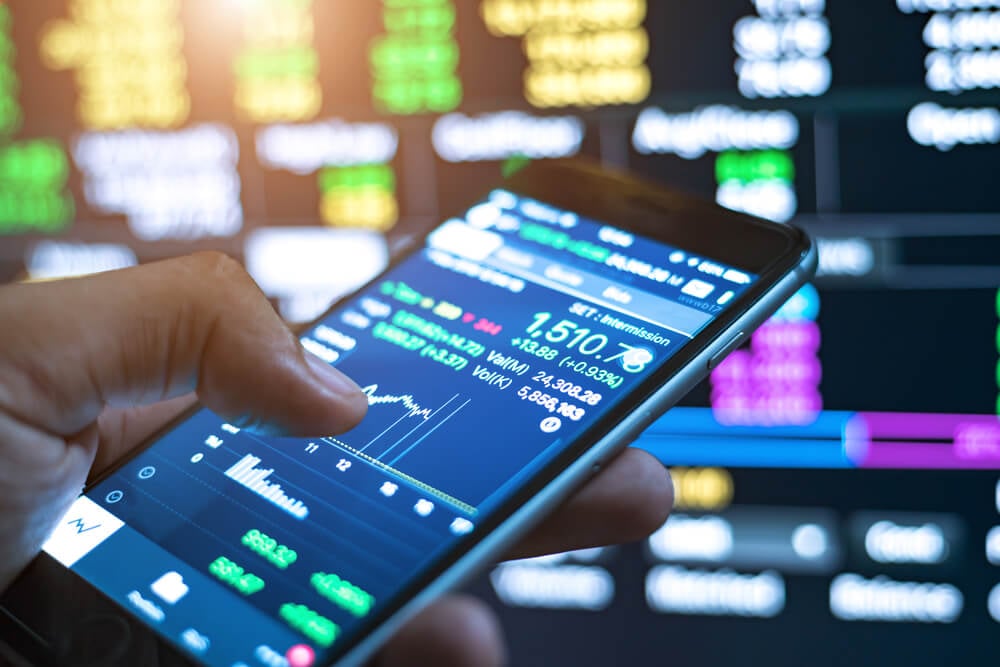
How are US shares taxed in Australia?
Australian residents can be taxed on worldwide income — not just Australian securities — which includes holdings from US markets. But thankfully, Australia has entered into “tax treaties” with more than 40 jurisdictions, including the US, to avoid double taxation.
To figure out what you owe on your US shares, simply take the price said shares were sold for and subtract the original price. The remaining figure is your capital gain or capital loss.
In terms of capital gain, individuals pay the same rate as their income tax rate for that financial year. A similar process applies to Australian shares.
Can I avoid capital gains tax?
As much as we’d like to get away with keeping all our money, it isn’t possible. The only two things that are certain in this lifetime are, of course, death and taxes
But there are ways you can reduce capital gains tax. By holding an investment for over 12 months, capital gains tax is reduced by 50%. Which is all the more incentive to be like Buffett and play the long game.
Again, a similar process applies to Australian shares.
RELATED: What Are ETFs (And Why Should You Care)?
The Best Online Share Trading Platforms & Brokers
eToro

Minimum Deposit: US$50
Brokerage Fee / Commission: US$1-2 on stocks in Australia, Denmark, Finland, Netherlands, Norway, Spain, and Sweden plus US$1-2 per trade (excludes CFD positions, ETFs, copy trading or Smart Portfolios).
Foreign Exchange Fees (also known as a currency conversion fee): from 50 pips
Withdrawal Fees: $5
Inactivity Fee: $10/month after 12 months
eToro Service ARSN 637 489 466 promoted by eToro AUS Capital Limited ACN 612 791 803 AFSL 491139. Capital at risk. Other fees apply. See PDS and TMD
Stake
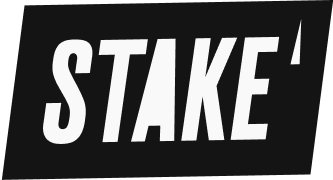
Minimum Deposit: $50
Brokerage Fee / Commission: $0
Foreign Exchange Fee: 0.7%
Withdrawal Fee: $2
Management Fee: $0
Inactivity Fee: $0
Sharesies

Minimum Deposit: $0
Brokerage Fee / Commission: 0.5% (trades up to $3,000) | 0.1% (trades over $3,000)
Foreign Exchange Fee: 0.4% (calculated by amount to exchange, deducted from order amount)
Withdrawal Fee: $0
Management Fee: “When you invest in an ETF, you’re charged a management fee. This is charged by the fund provider – not Sharesies – and included in the share price.”
Inactivity Fee: $0
Superhero

Minimum Deposit: US$100
Brokerage Fee / Commission: $0 (on trades of $1,000)
Foreign Exchange Fee: US$0.50 per AU$100 transferred
Withdrawal Fee: $0
Management Fee: $0
Inactivity Fee: $0
CMC Markets

Minimum Deposit: $0
Brokerage Fee / Commission: $11 or 0.1%
Foreign Exchange Fee: 0.6%
Withdrawal Fee: $0
Management Fee: $0
Inactivity Fee: $15/month after 12 months
Interactive Brokers
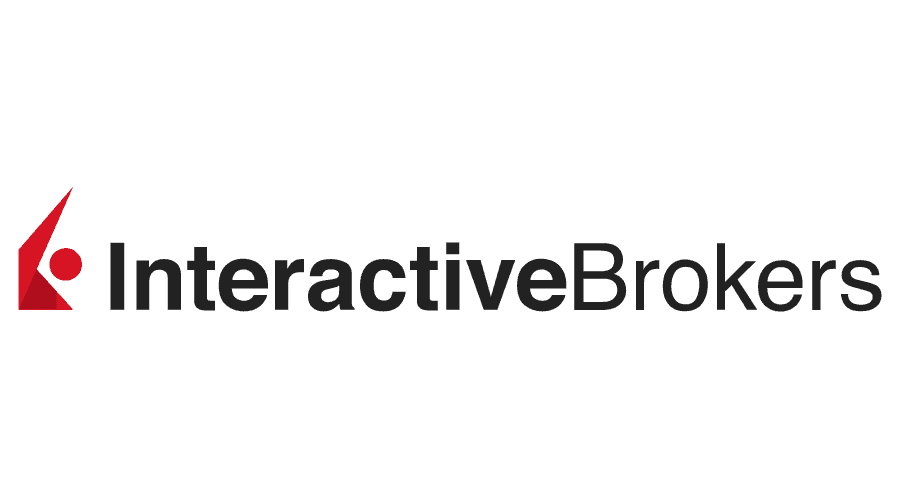
Minimum Deposit: $0
Brokerage Fee / Commission: US$1 minimum to 1% of total trade value
Foreign Exchange Fee: $0
Withdrawal Fee: $0
Management Fee: $0
Inactivity Fee: US$10/month if brokerage fees on trades are less than US$10 – tiered system where inactivity fee equals US$10 minus broker commissions, e.g. US$6 brokerage fees in one month = US$4 inactivity fee
Saxo Markets
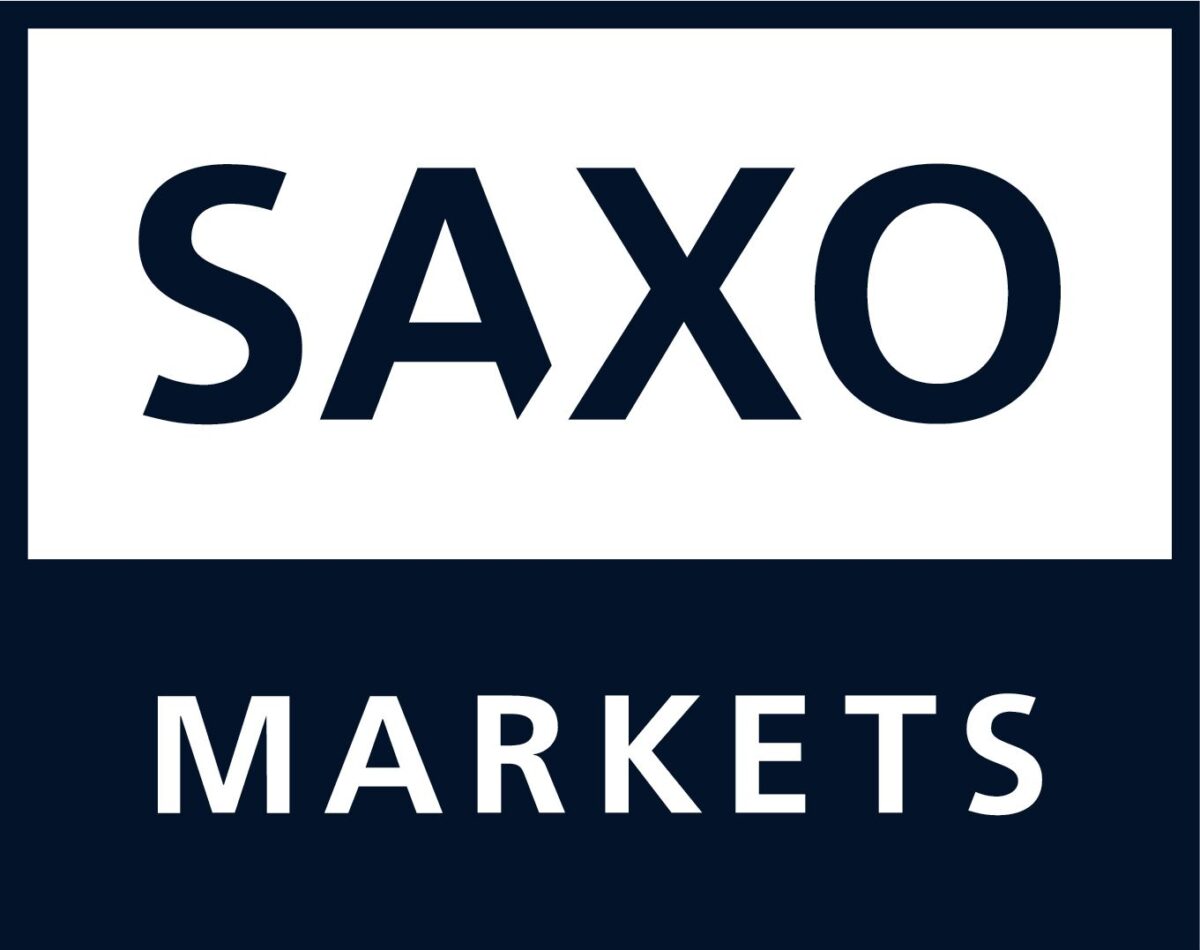
Minimum Deposit: $1,000
Brokerage Fee / Commission: US$9.90 or 0.1%
Foreign Exchange Fee: 0.1%-0.75%
Withdrawal Fee: $0
Management Fee: $0
Inactivity Fee: Up to US$150 after 180 days
SelfWealth
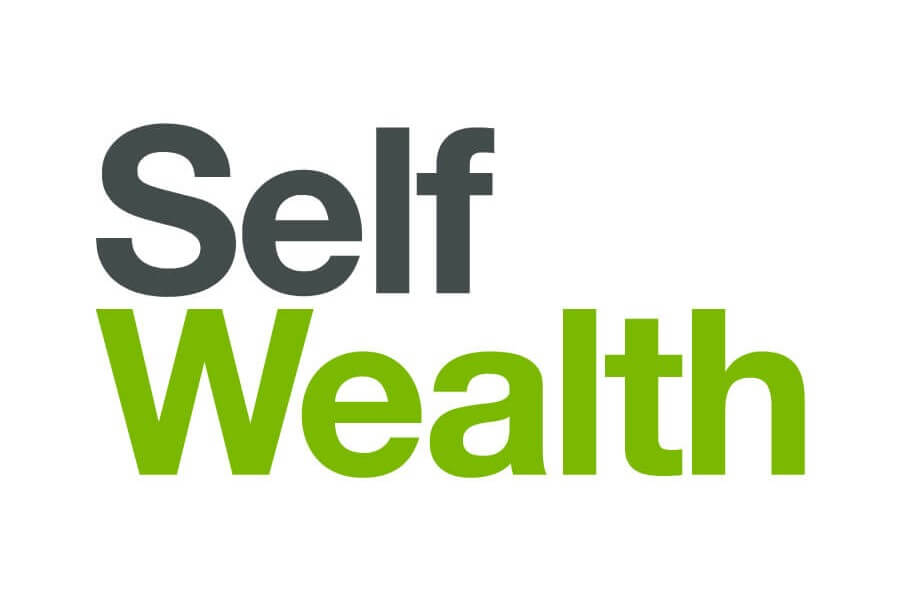
Minimum Deposit: $1,000
Brokerage Fee / Commission: US$9.50/trade
Foreign Exchange Fee: 0.6%
Withdrawal Fee: $0
Management Fee: $0
Inactivity Fee: $0
Westpac

Minimum Deposit: $0
Brokerage Fees / Commission: US$19.95 for trades up to US$5,000 | US$29.95 for trades up to US$10,000 | 0.31% for trades above US$10,000
Foreign Exchange Fee: $0
Withdrawal Fee: $0
Management Fee: $0
Inactivity Fee: $63.50/year after 12 months
CommSec International
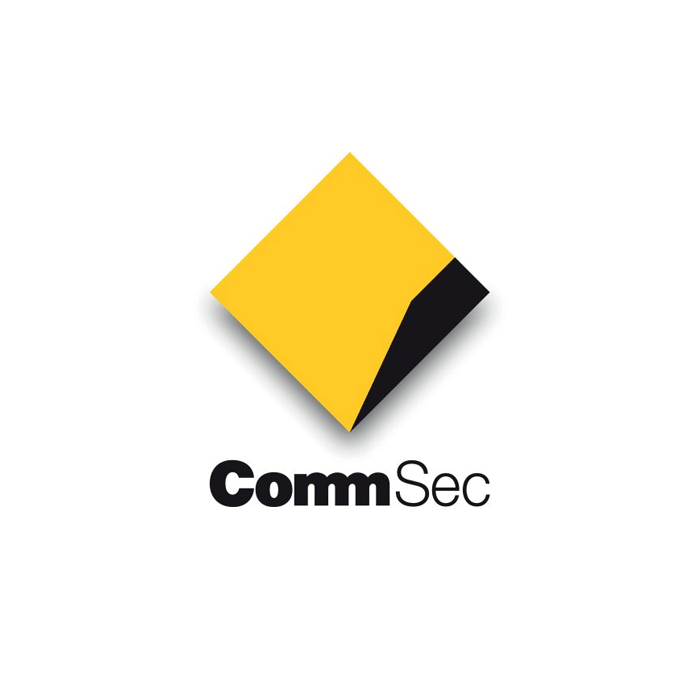
Minimum Deposit: $0
Brokerage Fees / Commission: US$19.95 for trades up to US$5,000 | US$29.95 for trades up to US$10,000 | 0.31% for trades above US$10,000
Foreign Exchange Fee: 0.6%
Withdrawal Fee: $0 for share trading accounts opened after November 1st 2012
Management Fee: $0
Inactivity Fee: $25/year after 12 months
IG Share Trading

Minimum Deposit: $0
Brokerage Fees / Commission: From AU$5 per ASX trade or 0.1% (whichever is higher) | $0 brokerage on global stocks
Foreign Exchange Fee: 0.7% per trade
Withdrawal Fee: $0
Management Fee: $0
Inactivity Fee: AU$50 per quarter (unless you trade stocks at least three times during the quarter, or just hold onto said shares and have no open positions in your account at the end of each quarter)
nabtrade
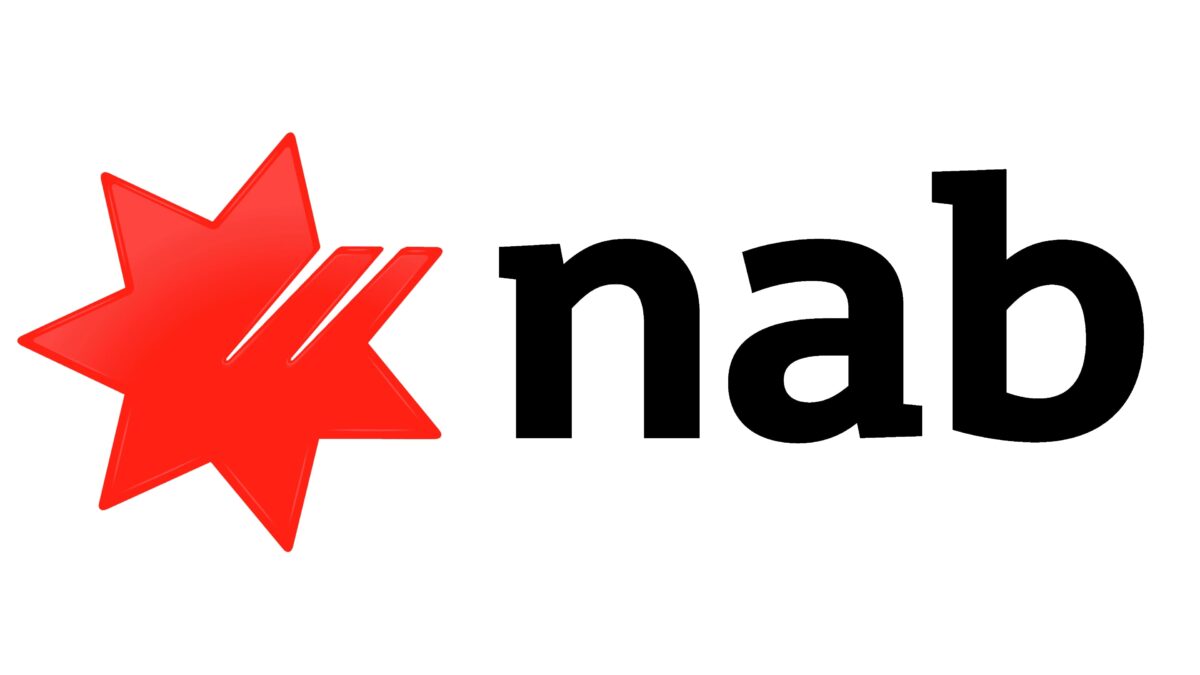
Minimum Deposit: $0
Brokerage Fees / Commission: US$14.95 for trades up to US$5,000 | US$19.95 for trades up to US$10,000 | 0.11% for trades above US$20,000
Foreign Exchange Fees: 0.5%-0.8%
Withdrawal Fees: $0
Management Fees: $0
Inactivity Fees: 0.5% of average daily international holding balance/month after 12 months
RELATED: This ETF Lets You Bet Against Jim Cramer’s “Horrendous” Stock Advice
How To Buy US Shares In Australia: Tips & Tricks
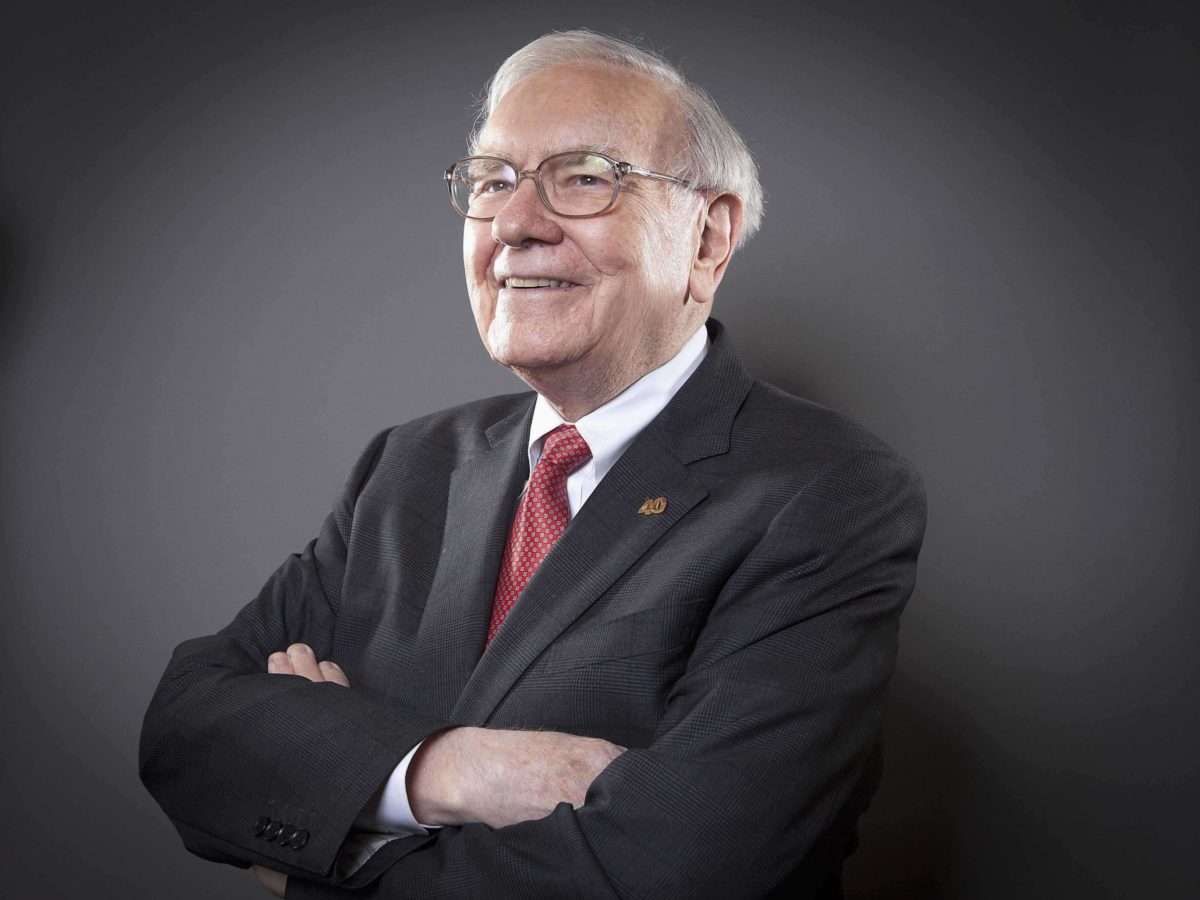
Do your research
When it comes to investing, beyond what brokerage fees and commission a platform is charging, there’s no such thing as knowing “too much.” Unless we’re talking about insider trading, in which case… don’t do that.
There are countless variables that you have zero control over. The one thing you can absolutely influence, however, is undertaking some due diligence. Ask yourself the necessary questions like whether this is where your money should be, what an acceptable risk profile is, and so forth.
At the very least, have a rudimentary understanding of how the business behind the ticker code works. Does the company actually make money? If so, how? Is it enough to warrant the price of its stock (see: price/earnings ratio)? If the company doesn’t make any money — or anything tangible, for that matter — then there are even more questions you need to be asking, like the reasoning behind the hype and how long this upward trajectory can possibly last (see: bubble).
If you’re unsure about anything, refer to official financial services.
Learn the difference between “trading” and “investing”
Trading is a short-term game buy and sell shares in a relatively quick fashion to make an equally quick profit. Investing, on the other hand, involves buying shares and holding them for the long term.
If the former is more your speed, go right on ahead. But a major advantage to the latter is far less volatility. You can pick something you believe in — or go with ETFs (exchange-traded funds) — hang on tight, and watch it grow.
To quote the legendary investor, Oracle of Omaha, and once-in-a-generation visionary behind Berkshire Hathaway, Warren Buffett: “If you aren’t thinking about owning a stock for ten years, don’t even think about owning it for ten minutes.”
RELATED: 10 Pearls Of Wisdom From The ‘Oracle of Omaha’ Warren Buffett

Use a stop loss
Online brokers and share trading platforms will often have the option to set a stop loss. This function allows you to automatically sell your shares when it dips below a certain price, thereby safeguarding you against losing money rapidly. Or, you know, stopping loss.
This is, however, not always the most practical choice if you’re holding a volatile US stock likely to exhibit some movement day to day, month to month, and year on year. As we know, especially after the swing-happy period of investing that was 2020, something can plummet all the way down to $20 and still rally itself back up to $150.
You have nothing to lose by freeholding
Some of you may be confused by this term due to the fact it has a slightly different meaning in terms of property and real estate finance.
Freeholding is when you sell part of your position to cover the initial investment cost and let your profits take the reins from there.
For example, if I invested $5,000 into US stocks and the total value increased to $15,000, I’d sell enough to reimburse myself for the original $5,000 and hold the remaining $10,000.
Effectively, any result is still technically a gain.
… and as always: leave your emotions at the door!
RELATED: With A Single Meme, GameStop Stock Price Surges By 110%
How To Buy US Shares In Australia: Additional Terminology Explained
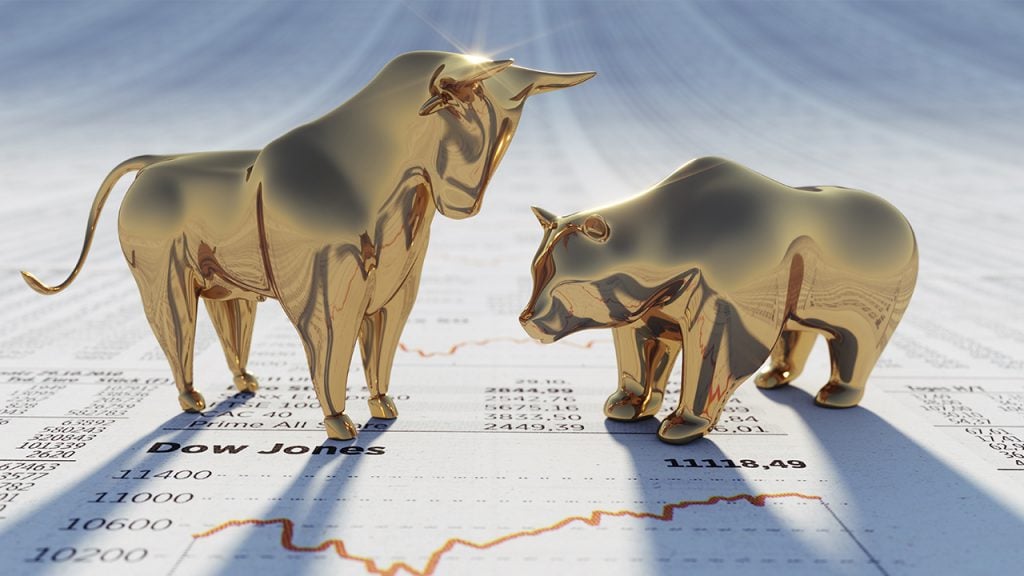
Bull Market vs Bear Market
Bull markets occur in times of optimism when investor confidence and expectations for strong growth are high. The commonly accepted definition of what constitutes a bull market is when share prices rise by 20% after two declines of 20% each.
Bear markets are obviously the opposite, characterised by negative investor outlook, declining economic prospects, and periods of prolonged price declines. The commonly accepted definition of what constitutes a bear market is when shares decline by more than 20%.
FAANG Stocks
FAANG stocks are the US stocks that represent five tech sector giants that need no further introduction:
- Meta, formerly Facebook hence “F” (NASDAQ:
FBMETA) - Amazon (NASDAQ: AMZN)
- Apple (NASDAQ: AAPL)
- Netflix (NASDAQ: NFLX)
- Alphabet, parent company of Google (NASDAQ: GOOG) + (NASDAQ: GOOGL)
As you can imagine, given the sheer ubiquity of their impact on the modern world, they make up a considerable portion of the S&P 500 Index. Meaning they’re relatively safe bets for long-term growth
2024 UPDATE: Given how it’s skyrocketed to become the world’s most valuable company on the tide of AI hysteria, definitely consider Nvidia (NASDAQ: NVDA).
CFDs
A CFD or Contract For Difference is a contract between two parties: a buyer and a seller.
It stipulates the former must pay the latter the difference between an asset’s current value and the asset’s value at contract time. This provides traders and investors alike with an opportunity to make a profit from price movements without having to own said assets.
A CFD doesn’t take something’s underlying value into consideration, only the difference in price between trade entries and exits.
Shorts
A short or short position is when a trader “borrows” securities — translation: fungible + tradable financial instruments that raise capital in public and private markets, e.g. equity, debt, or hybrids — instead of holding it.
This is accomplished by acquiring something like a stock/share and selling it off with the intention of repurchasing and returning it at a lower price. The more its value decreases in the time between selling it off and repurchasing, the more profit there is to be gained.
But if the value increases, as in the case of GameStop, then the individual(s) holding the short position lose money. Increasing the value en masse in such a manner is what’s known as a short squeeze.
RELATED: Warren Buffett Reveals The Secret To A Happy Life (Aside From $$$)
Any advice found within this article on buying US shares / how to trade US stocks is strictly general, and not to be taken as hard financial advice as it does not take into account your individual circumstances, personal objectives, or financial needs. Consider the risks involved before you get involved, take a look at the terms and conditions of all products involved — e.g. specific fees and charges, foreign exchange conditions, any product disclosure statement, other important information, etc — and please refer to official financial services for tailored advice.








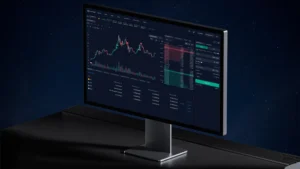


![Are You Still Watching Soon You Won't Have A Choice [Netflix x Warner Bros]](https://www.bosshunting.com.au/wp-content/uploads/2025/12/Are-You-Still-Watching-Soon-You-Wont-Have-A-Choice-Netflix-x-Warner-Bros-300x169.jpg)
![This Ex-Ballerina Just Became The Youngest Self-Made Female Billionaire [Kalshi Luana Lopes Lara Net Worth]](https://www.bosshunting.com.au/wp-content/uploads/2025/12/This-Ex-Ballerina-Just-Became-The-Youngest-Self-Made-Female-Billionaire-300x169.jpg)



